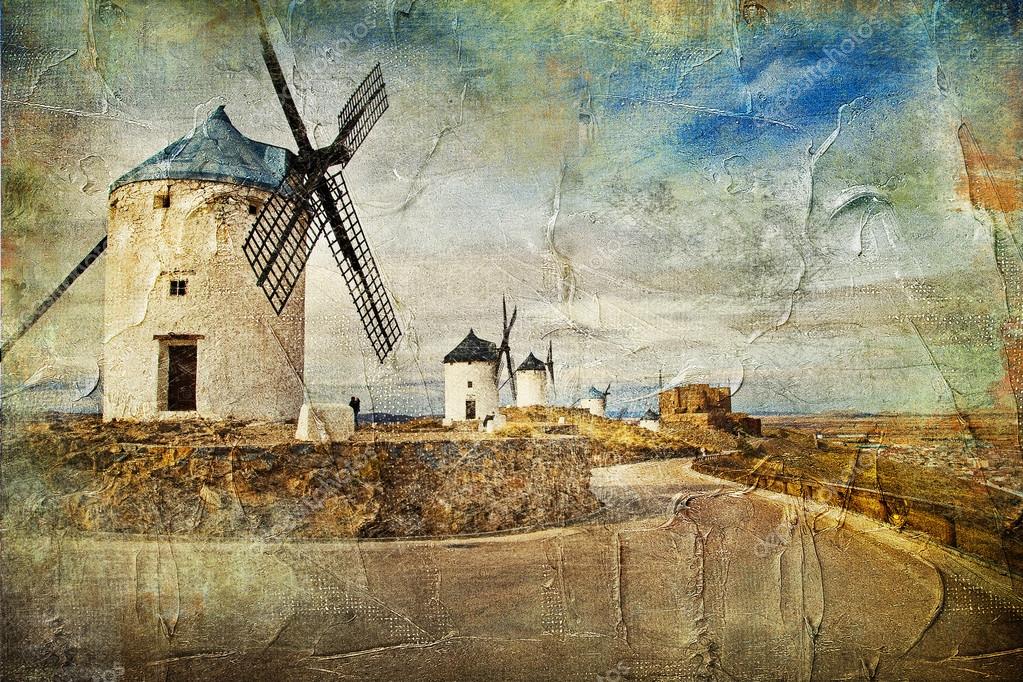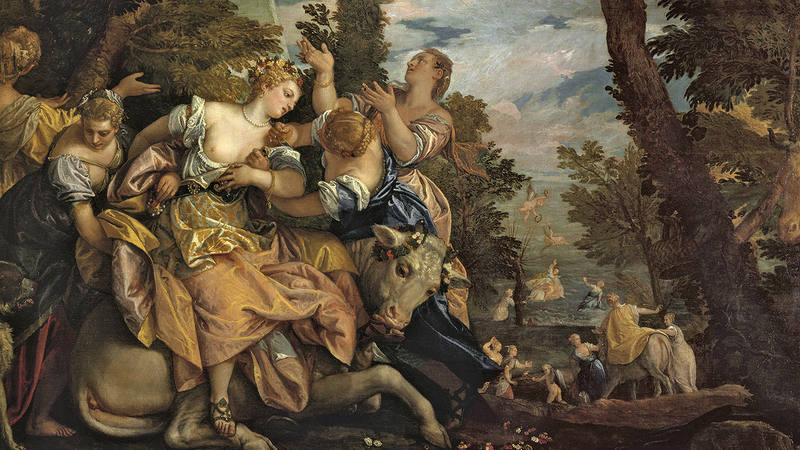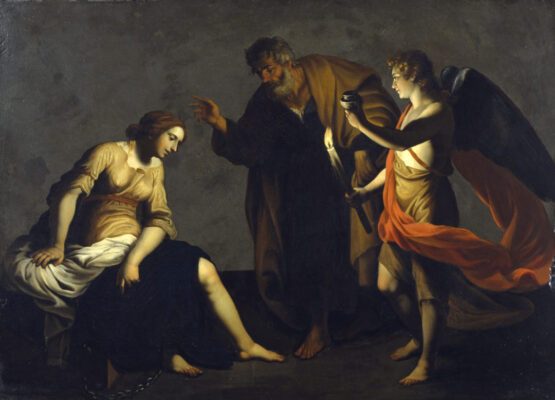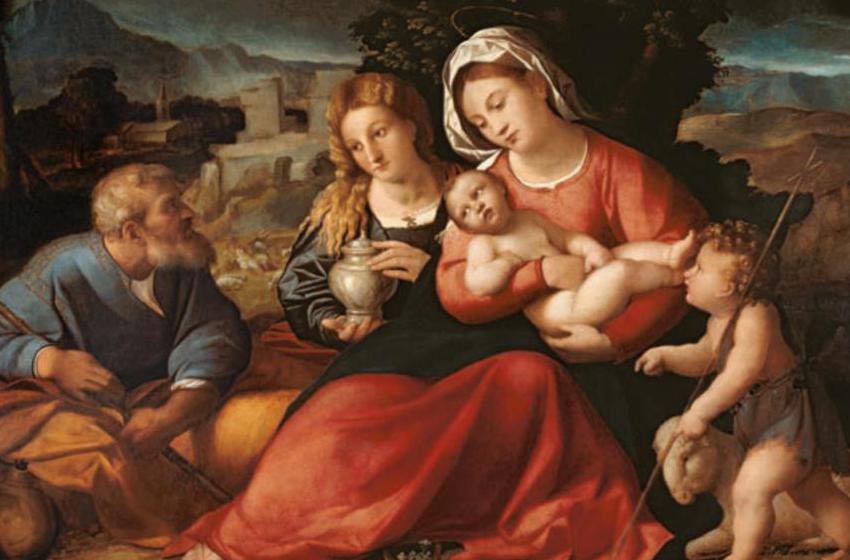The Renaissance was a cultural, artistic and scientific movement that took place in Europe between the 14th and 17th
centuries. It was characterised by a strong interest in classical antiquity, reason and nature, and by humanism, a trend
that placed the human being at the centre of all things.
The Renaissance saw important developments in areas such as literature, philosophy, painting, sculpture, architecture,
music and science. Artists and thinkers of the time sought to recover and improve on the techniques and knowledge of
antiquity, and developed new forms of expression that moved away from the medieval Gothic style.

Among the most prominent Renaissance artists were Leonardo da Vinci, Michelangelo, Raphael, Botticelli, Titian, Jan van Eyck and Albrecht Dürer. In literature, authors such as William Shakespeare, Miguel de Cervantes, Dante Alighieri and Francesco Petrarca were prominent.
The Renaissance was also characterised by geographical exploration and commercial expansion, which allowed the exchange of ideas and products between different countries and cultures. In the scientific field, important advances were made in areas such as astronomy, anatomy, physics and mathematics, thanks to figures such as Galileo Galilei and Nicolaus Copernicus.
TRY SLIDING THE IMAGE
The Renaissance is considered a key moment in the history of mankind, as it laid the foundations for modernity and the
emancipation of critical thinking, reason and individual freedom.
The Renaissance was also a period of great social and political transformation. The idea of humanism, and the belief in
the ability of human beings to achieve excellence and perfection, prompted the emergence of a new class of individuals:
the humanists. These were intellectuals who believed in the importance of education and research, and who sought to
understand and improve the world.
In addition, the Renaissance had a significant impact on religion. The Protestant Reformation, led by Martin Luther and
other reformers, emerged as a response to the corruption and decadence of the Catholic Church, and proposed a new form
of Christianity based on personal interpretation of the Bible and individual faith.
Another important aspect of the Renaissance was the creation of a new aesthetic. Classical beauty and the perfection of
the human body were considered artistic ideals, which led to the creation of a new form of representation of the human
figure in painting and sculpture.
In short, the Renaissance was a period of great intellectual, artistic and scientific ferment that marked a watershed in
human history. Its legacies include humanism, the creation of a new aesthetic, the rise of the Protestant Reformation,
the development of empirical science and the mass dissemination of knowledge.


